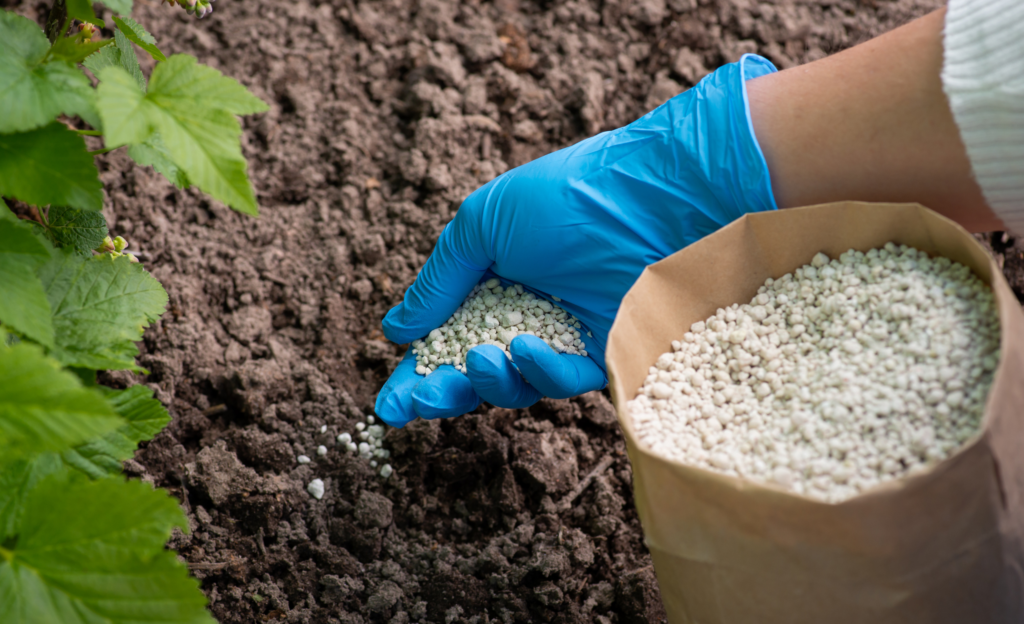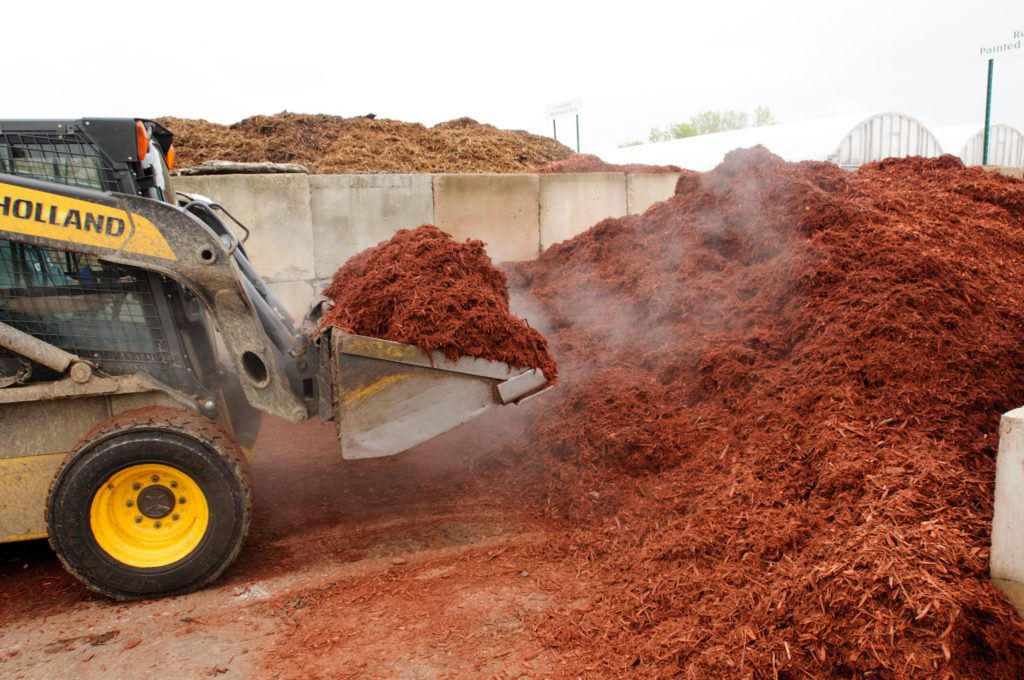Schedule a Free Tree and Shrub Assessment
Winter Tree Pruning: The Importance of Timing
It can’t be said enough – tree pruning is critical to the long-term health and beauty of your trees. The impact of pests, disease and storm damage can all be mitigated with pruning. For the sake of this article, we’re going to assume you already understand these (many) benefits. Instead, we want to talk about timing. Well-intentioned arborists will often tell you that winter is the best time to prune your trees. But is that true? Blanket statements like this are rarely “always” true. This is the case with tree pruning. Sometimes it is best to prune in the winter. Other times it is not.
When Winter Pruning is Beneficial
One reason to prune trees in the winter is to prevent the introduction of disease. For some species, this is especially critical. Oaks are the first trees that come to mind. If pruned in the growing season, oak wilt could infect the tree. So, we do all our scheduled oak pruning in the late fall and winter (November 1 through April 1). We’ll say it again – oaks must be pruned before April. If you miss this window, you’ll be waiting until next season. And by the way, if you need to get your oaks pruned, reach out soon – our March schedule is filling up! Sargent’s offers FREE tree assessments.
Elms and ash also receive some benefit by pruning in the winter. It helps prevent the spread of Dutch elm disease or emerald ash borer (EAB). These genera are ones we use caution with when pruning in the growing season. But unlike oaks, we don’t need to avoid it at all costs. Under the guidance of a knowledgeable arborist, you can safely prune elms during the growing season.
Pruning fruit trees is also important to do in the late winter. Pruning in the growing season can impact fruit production and pruning in the fall can reduce cold hardiness. So, we want to prune fruit trees in March, before flower and leaf buds begin to swell. This will make for optimal fruit production.
It can’t be said enough – tree pruning is critical to the long-term health and beauty of your trees. The impact of pests, disease and storm damage can all be mitigated with pruning. For the sake of this article, we’re going to assume you already understand these (many) benefits. Instead, we want to talk about timing. Well-intentioned arborists will often tell you that winter is the best time to prune your trees. But is that true? Blanket statements like this are rarely “always” true. This is the case with tree pruning. Sometimes it is best to prune in the winter. Other times it is not.
“Oaks must be pruned before April. If you miss this window, you’ll be waiting until next season.”
When Winter Pruning is Harmful
Trees store their carbohydrate reserves in the wood of the branches and the trunk. If we remove large pieces of the tree in the winter, especially in numerous places throughout the crown, there will be a stress impact due to the loss of those carbohydrates. This will likely cause suckering around the cuts that were made. Large cuts on the tree are also better done in the growing season to aid in wound closure, which will reduce decay. Winter pruning of trees should target deadwood removal, moderate clearance and crown raising, structure pruning, and moderate subordination of limbs.
Finding the Right Advice
As you can see, there is no clear answer when it comes to proper pruning times. The best advice we can give is to have your trees assessed by a knowledgeable, reputable arborist. Sargent’s offers free tree assessments by our certified team of arborists. We have been helping trees thrive for over 50 years. Our priority is your trees, and our arborists are standing by to help. Call Sargent’s today at 507-289-0022 or submit a request at the orge button above to get on the schedule!








